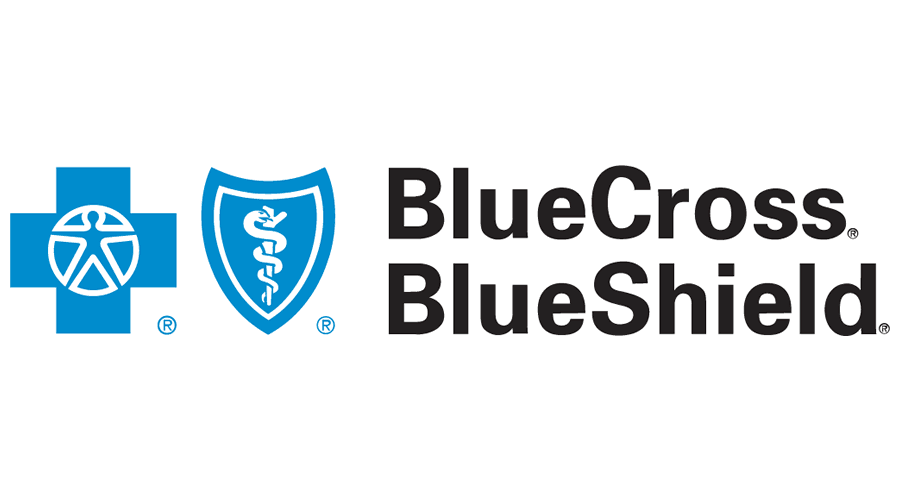Tens of millions of Americans suffer daily from chronic pain. Even acute pain can negatively affect your daily life for months.
If you have a disorder involving your connective tissue and/or skeletal muscles, chances are you’ve seen many specialists. Between the physicians, chiropractors, physical therapists and more, navigating your pain can be a hassle.
The Graston Technique has been used by chiropractors since the early ’90s to combat chronic and acute pain. Is the Graston technique right for you?
Keep reading to find out how the Graston Technique can aid in relieving your pain.
What is the Graston Technique?
The Graston Technique was born out of desperation, much like most problem-solving inventions. David Graston first used the technique while suffering from a knee injury that just wouldn’t heal.
Graston used methods previously coined by a British orthopedic surgeon in the ’30s, and added tools and different techniques. Thus, the Graston Technique was born.
The Graston Technique is used to both diagnose and treat disorders in your connective tissue and skeletal muscles. A stainless steel tool and special cross-friction massage technique are used to identify and work out soft tissue.
Chiropractors, osteopathic physicians, physical therapists, and occupational therapists all use the Graston Technique to relieve pain and aid in rehabilitation. It’s also common for athletic trainers to become Graston technique certified.
One must go through specialized training to become certified to use the Graston Technique. This ensures patient safety and peace of mind, as well as uniformity among practicing professionals.
How Does it Work?
If the proper steps are taken, the Graston Technique should accomplish two things. It should ease your pain and increase your range of motion.
It does this through a technique that’s reminiscent of a massage. Instead of hands, one of six stainless steel tools is rubbed into problem areas.
This act is known as a cross-friction massage in which a professional will rub against the grain of the scar tissue. This creates more blood flow through the affected areas, which in turn helps along the healing process.
The Graston Technique breaks down scar tissue restrictions usually caused by some sort of trauma. This trauma could be a strained muscle, pulled ligament, and other similar issues.
It will also stretch out connective tissue. This restructures the problem area, which allows for less restrictive movement and range of motion.
It can also be used to promote better healing. Coupled with appropriate physical therapy, the Graston Technique can better prepare injured soft tissue to be rehabilitated.
The Graston Technique can also be used to identify injured tissue. Your professional can find knots you may not have been aware of, that could be causing stress on your body.
This practice is often coupled with light cardiovascular activity either at home or in the facility before treatment. This is to maximize your blood flow to ease the process.
Along with that concept, you may also have an ultrasound or heat treatment applied to your problem areas.
Some patients report that the treatment itself can be uncomfortable. Soreness, redness, and bruising is also common after the Graston Technique is administered.
Icing the painful spots for about 20 minutes should help any discomfort post-treatment. It’s also suggested that stretching and exercise take place along with the Graston Technique.
Who Can Benefit?
There is a wide range of conditions that the Graston Technique aims to improve. Because it’s so universal, many people can benefit from it.
Athletes are among those who reap the benefits of Graston Technique. Even athletic trainers in the professional leagues utilize the technique.
Sports-related injuries can be common in non-athletes, too. If you’ve got shin splints, tennis elbow, or other sports-related injuries, the Graston Technique can aid in healing those.
The Graston Technique benefits those with a muscle strain in the lower back. This painful problem is caused by overstretching the muscle fibers.
A lot of people consider this “throwing their back out.” It can be caused by fatigue, overuse of a muscle, or misuse of a muscle.
Those with damage to their neck muscles or tendons in their neck can use the Graston Technique to ease the pain. The technique can also help those who’ve torn ligaments that connect the neck and cervical bones.
Neck injuries are often caused by overuse and strain. Whiplash can also cause damage to the neck’s muscles and soft tissue.
The Graston Technique can also aid with healing pain in the limbs such as plantar fasciitis and carpal tunnel syndrome. These are caused by a strained ligament in the heel and pinched nerves in the wrist, respectively.
If you’ve got tendinitis in the Achilles or either rotator cuff, you can benefit from the Graston Technique. Most stress on your tendons comes from repetitive use.
If you’ve recently undergone surgery involving your skeletal muscles and related muscles, you’d also likely see results from the Graston Technique.
In addition, research suggests high success rates among patients with both chronic and acute pain. Not only did it ease many patients’ pain, but it also improved their mobility long-term.
Remember to consult your physician or other healthcare providers to see if you could benefit from the Graston Technique. You may be a great candidate and not even know it!








